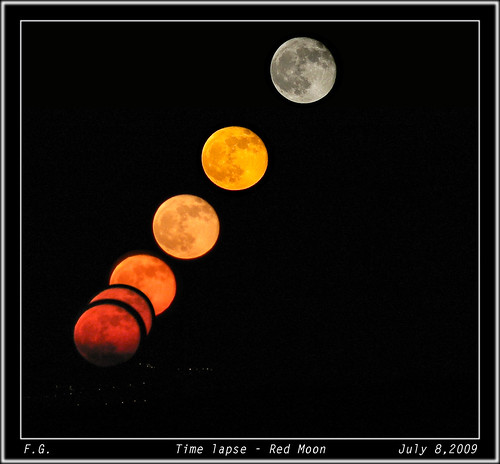
"Things are easy to do" is the first quote on a page of notes from an interview with the Alexander Technique & author Pedro de Alcantara on Harmonious Bodies a couple years ago. How to arrive at the place where "things are easy to do?' Pedro goes on to speak of putting yourself in the frame of mind to do so, to work on the frame of mind. Using the Alexander Technique to broaden my awareness is an ongoing part of my musical approach. A method of connecting the body & mind with what I am doing right now.
These partial scores are accented with recordings of the various works in progress. Some of the recordings have captured a piece in it's entirety while others like the scores are partial. Along with a few completed pieces these works in progress will form my next recorded release - When the Ocean Courts the Drop. As I have a more time this week than usual to devote to music, my focus is on completing the notation of some these scores.
Where to begin I found myself asking yesterday? The recordings have been organized, the partial scores assembled and now the work of listening and notating awaited me. This is difficult work for me. My ear is not developed enough to undertake this work with ease. One of my favorite Guitar Craft aphorisms - Establish the possible and move gradually to the impossible arises. With this aphorism framing my thinking, I decided to begin with a piece that has a recording that sounds complete and has a partially developed score.
Ironically in my last Alexander Technique lesson with David Jernigan, he had me singing a song and finding the melody on the guitar. The musician in him has noticed this musical weakness of my ear before and on this particular evening this formed a good frame to address our AT & musical work. I am generally comfortable playing for David these days, even improvising. But singing? Singing when his family is in the adjacent room with a mere wall between us? But I did, even though it was a bit of a struggle. Could I keep the AT directions alive which we had been working with earlier in the lesson while dealing with my internal opinions about myself? Could I remain free and confront this habit of mine that does not like to expose myself & my inadequacies? David assisted by his gentle presence, keeping the AT work alive with me.
I have been working with developing my ear in my practice for the past two weeks and now I confront the limitation of this part of my musicality. The recorded melodies I am working with capturing and notating are not as simple as what I have worked with. My pitch recognition lacks and so I struggle. And I pause and direct. Pause and breath in, knowing that in making this effort the ear is being developed. And f I can keep the notion of "things are easy to do" alive I am not quite as overwhelmed as I might be.
Success smiled on me yesterday, notating a 90 seconds of a two minute and 40 second piece. A few times I wanted to throw in the towel, but paused instead. At times setting down the guitar and enlivening my Qi with a few simple Qi Gong exercises. Gently backing off from end gaining with pauses to direct my thinking via AT. Connections developed between the ear and the mind, the mind and the guitar, and from where I am to where I wish to be. May these connections continue to develop and broaden

I continue to find an interest in your experiences - thanks for keeping up with this blog.
ReplyDeleteI gained in discerning intervals after studying with Mr. Natural.net. in San Francisco. He numbers the solfege scale and then has students practice singing the numbers of the intervals for very simple songs - singing numbers instead of the words. After practicing this way with my voice and instrument, I was able to pick out melodies much easier that I had just sung. Plus it enhanced me knowing where I was going with my voice.
He's even got a short-hand to write music you're composing. (Have you heard of "Nashville notation?" It's similar in that it uses roman numerals for chords...) But Natural's way extends this by noting down the numbers of the melody too, while using something like a piano roll strategy to suggest rhythm by graphic positioning. It's easily translated to classic notation later (once you decide on a key signature) and has a number of advantages in that you're able to read it in any key signature by changing the root key - the intervals remain the same.
Anyway, I recommend learning it as a direct solution for voice ear training, in addition to your indirect means of using A.T.